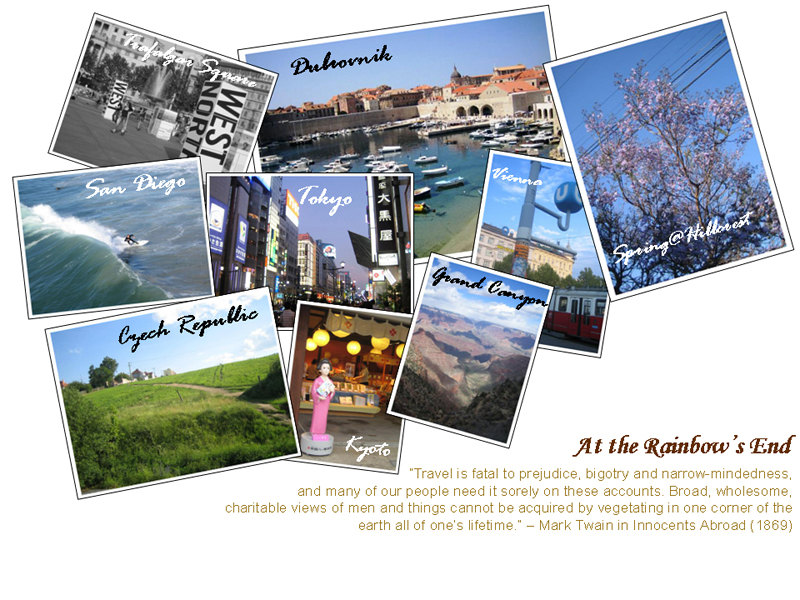Why is glacier ice blue?

Here's the long answer:
Glacier ice is often a deep blue color. This is because of how the sunlight passes through the ice and what happens to the sunlight. Sunlight looks white. The light is really made up of all the colors of the rainbow. Each of the sun's colors have different amounts of energy in them. When the sunlight tries to go through the solid glacier ice crystals the sun gets broken up into lots of colors. Red and yellow have very little energy and the thick ice soaks up the red light more than it soaks up the blue light. The blue light has enough extra energy to get away from the solid ice crystals without getting absorbed or soaked up. This is why the only color people see is the blue color that escaped. The blue light has enough energy to escape the ice so that you can see it. That is why glacial ice is often a deep blue color.
Some glaciers do not look blue to people. If the glacier has a lot of air bubbles inside the ice crystals, the white sunlight gets reflected not soaked up. If the sunlight can get through the ice without all the rainbow colors getting scattered and soaked up, the ice will look white.
Glaciers get soil, rocks, snow and dirt mixed up with the ice. Then the ice can look a dirty gray color.
And the short answer is: Its structure is such that the light is refracted in a certain way and you only see the blue colour. Haha. Gray parts are just dirty!

